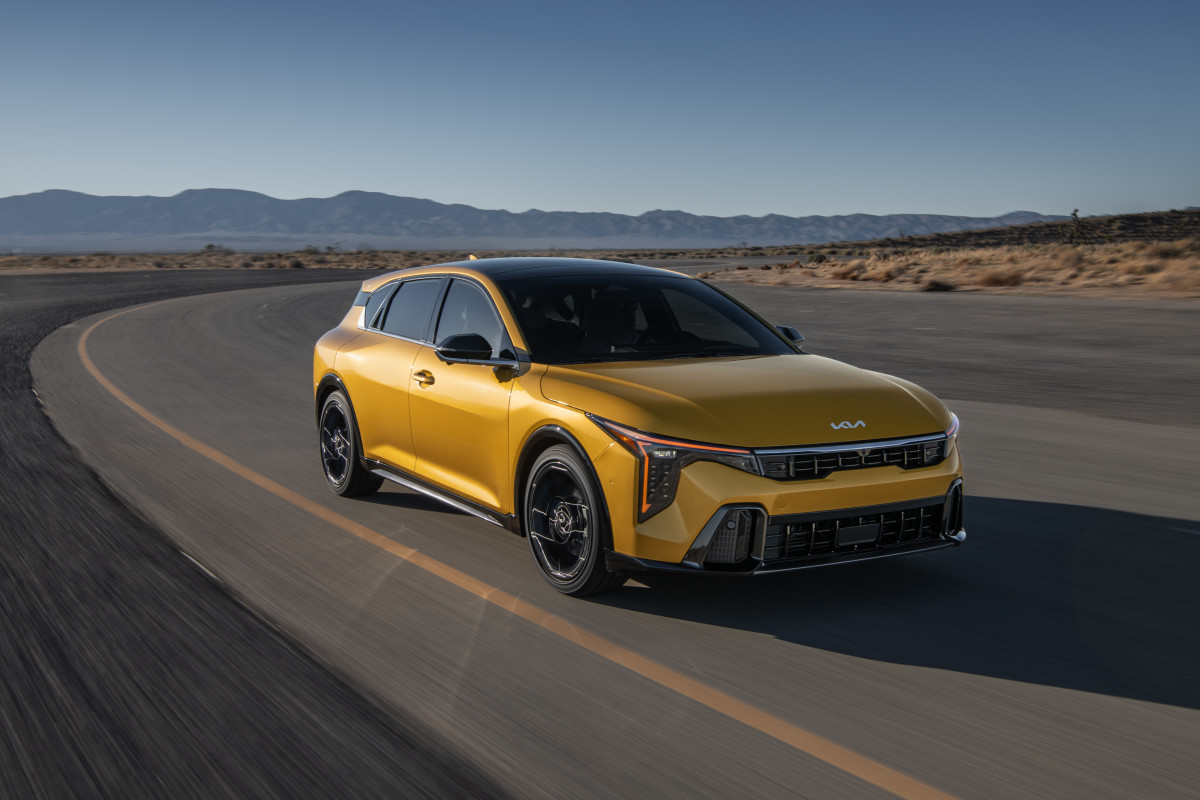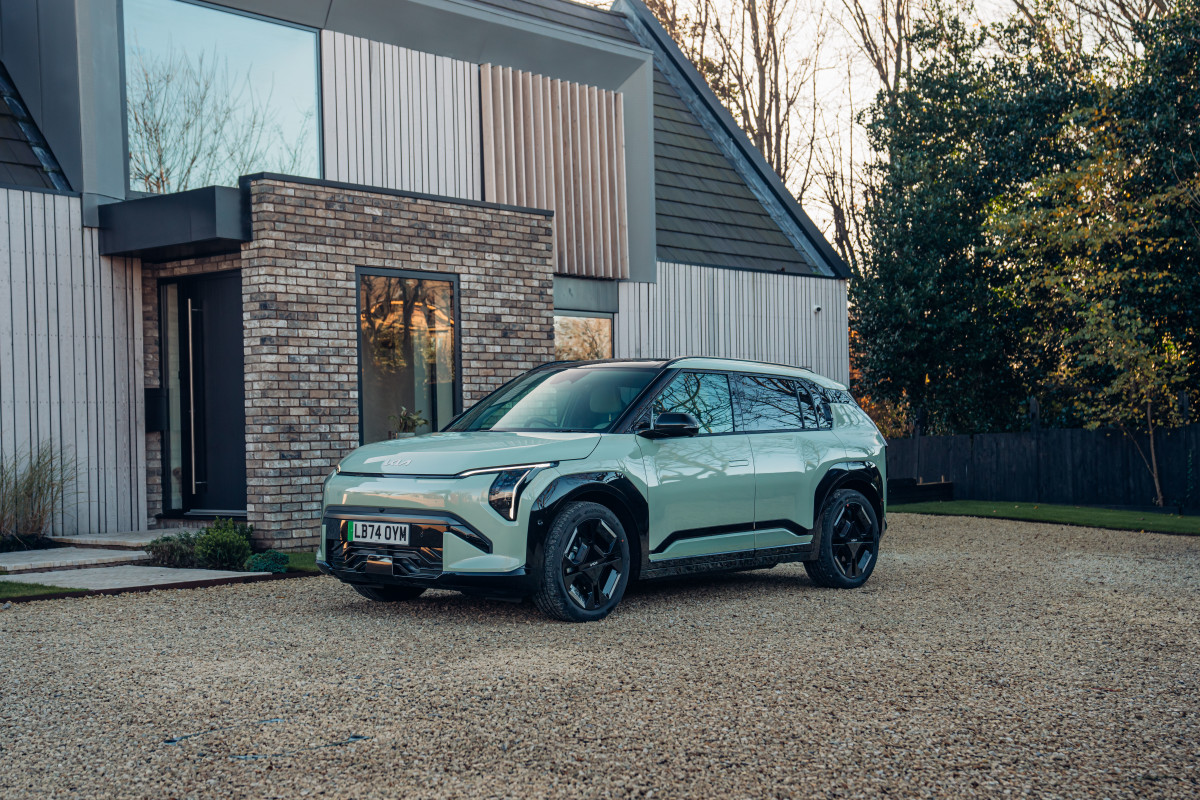Kia vs. Hyundai in the U.S.

So, Kia and Hyundai recently released their global sales figures for May 2025. The numbers show that while Hyundai’s numbers are still ahead globally, the gap between these two Korean giants is getting smaller. Traditionally, Hyundai has had the upper hand in terms of global sales, but it’s starting to look like Kia is catching up.
In May, Hyundai sold 351,174 units globally, which is a slight drop of 1.7% compared to last year. On the flip side, Kia went up by 1.7%, selling 269,148 units during the same month. In the U.S., things are quite close, too.
Market Share in the USA

In America, both Kia and Hyundai are on a growth streak. Last month, Hyundai moved 84,521 cars, marking an 8% increase from May 2024. Kia, not too far behind, sold 79,007 cars, which is a 5% increase from the previous year. It’s clear that both brands are gaining traction on U.S. soil faster than they are globally.
To break it down, Hyundai’s U.S. sales for the first five months of the year hit 369,578, while Kia is at 352,656 units. Hyundai’s slight edge is owed in part to its lineup of affordable hybrids like the Elantra and Sonata, which has no direct competition within Kia’s sedan offerings.
Additionally, Hyundai taps into the compact pickup segment with the Santa Cruz, the smallest truck available in America. Kia, however, hasn’t produced an equivalent model yet.
Kia’s Bold Moves

Kia is not resting on its laurels, though. They’ve rolled out several new models that are making quite a splash globally. However, many of them, like the EV3 SUV, EV4 sedan, and even the quirky Tasman pickup, are either not yet available or not scheduled for release in the U.S.
Even so, their core SUV lineup including the Sportage, Seltos, and Sorento are doing great in terms of sales.
The Road Ahead
Both Kia and Hyundai are going strong and have carved out their own identities despite sharing platforms and powertrains. Hyundai tends to focus on performance with its N division, whereas Kia emphasizes affordability and edgy design. On the electrification front, both have expansive offerings, especially compared to Japanese brands like Nissan and Honda.
While Hyundai still leads globally, Kia is closing the gap. With new launches, like the award-winning Kia EV3, the global standing could look quite different by the end of the year. It will be fascinating to watch how this competition evolves, especially in markets like the United States where they’re neck and neck.
BMW M4 CSL: Rare Find
2025 Land Rover Duo
Mirror Issue Hits Mercedes
Ioniq 5 Suspension Boost
Utah's Traffic Fine Boom